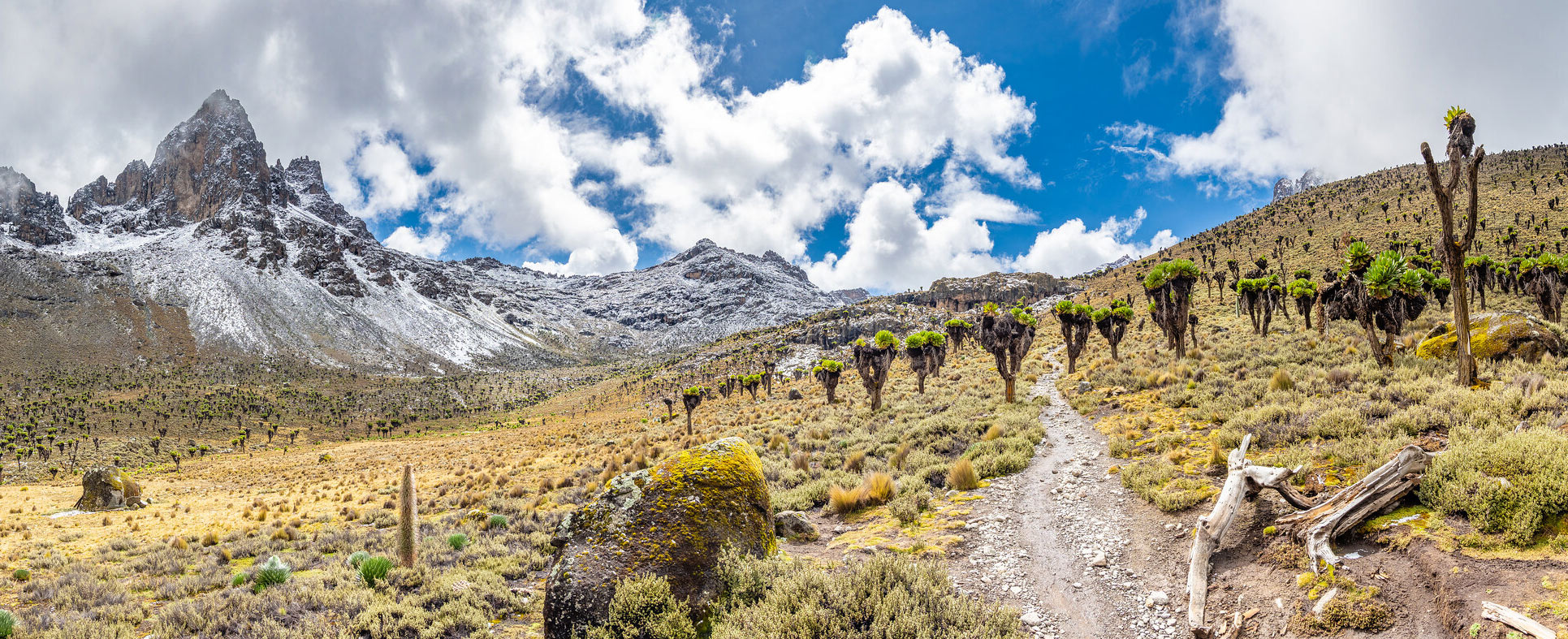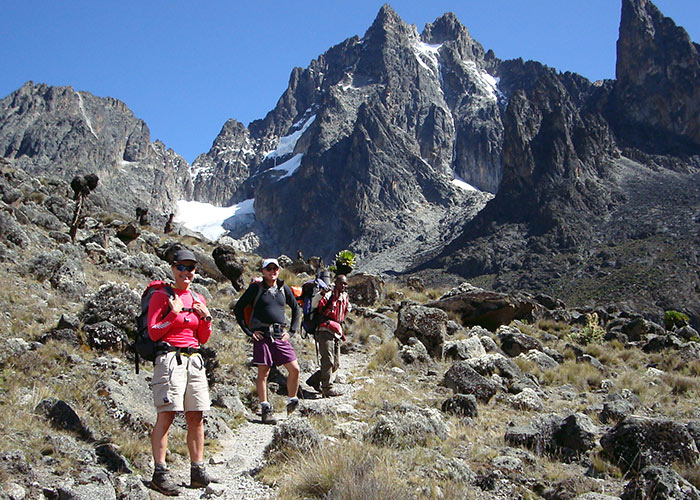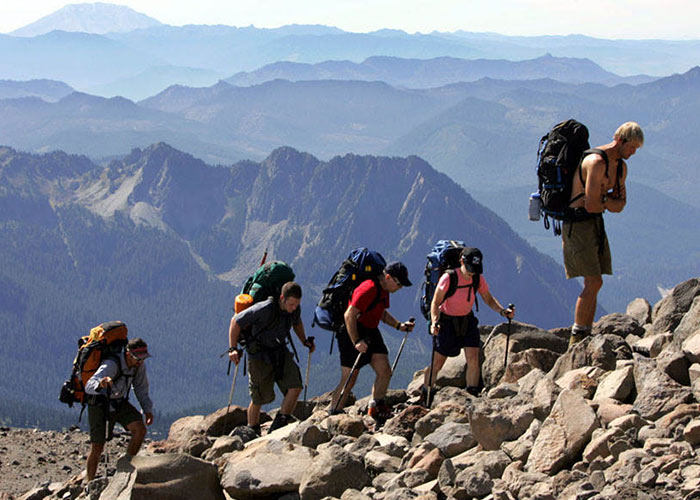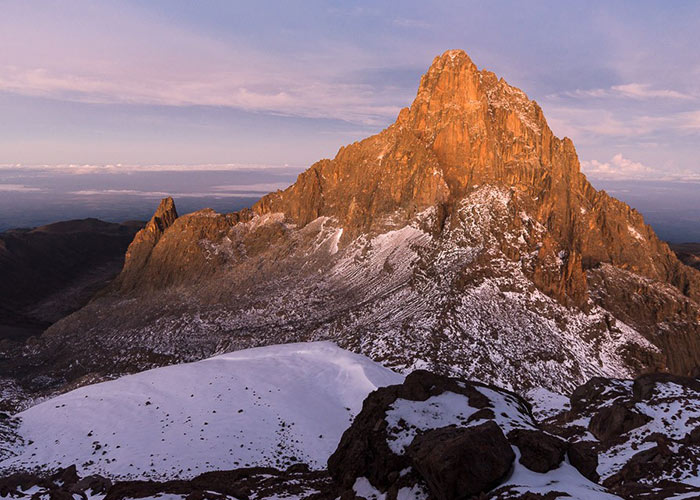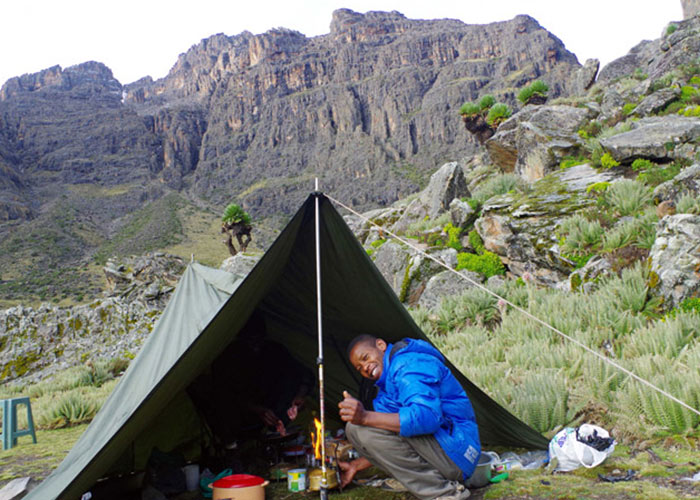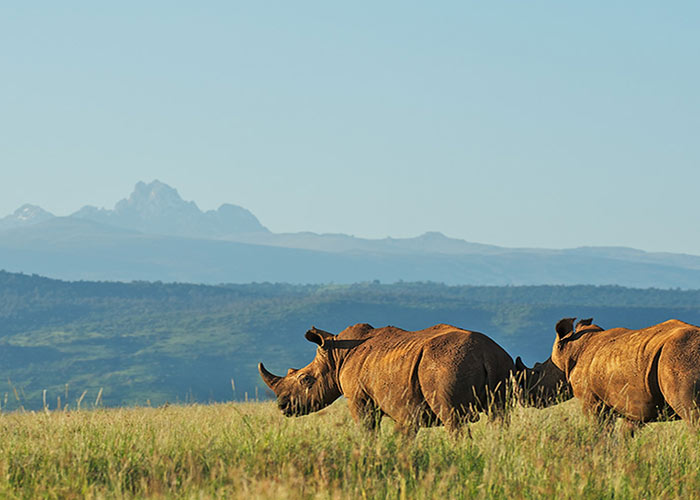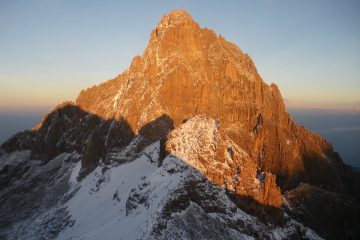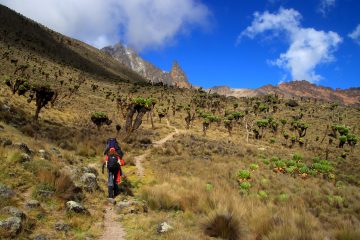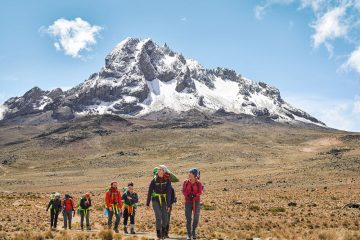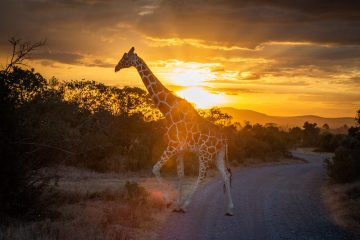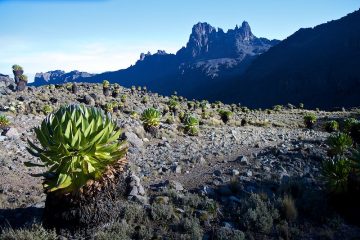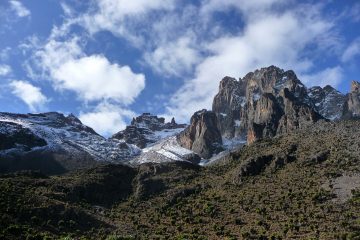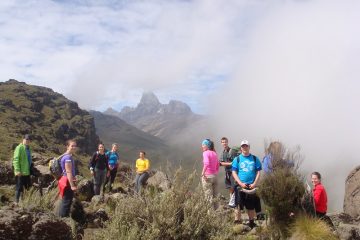Mount Kenya is best climbed from January to March and June to October, but it may be done at any time of year. The rainy seasons which we do not recommend for hiking Mount Kenya are normally during the months of April, May, and November, although climate change has made forecasting more challenging.
When is the best time to visit Mount Kenya?
The months of June to October and December to March are the finest for visiting Mount Kenya. From January through March, the earth is at its driest, making these months excellent for camping and getting to the park gates.
The ground is wetter at other times of the year, and an itinerary may need to be adjusted if an access route becomes too flooded.
It is best to avoid the lengthy rains of April to May and the brief rains of November.
Depending on the time of year you arrive, there may be a few showers. Convectional rains can occur from late morning through late afternoon on the mountain, creating its own microclimate.
http://www.mountain-forecast.com/peaks/Mount-Kenya/forecasts/4500 provides more reliable information.
WHICH SEASON IS BEST FOR CLIMBING MOUNT KENYA?
Mount Kenya is best climbed from January to March and June to October, but it may be done at any time of year. The rainy seasons are typically April, May, and November, although climate change has made forecasting more unpredictable.
Despite its equator location, Mt. Kenya features distinct summer and winter weather on its north and south slopes. The two rainy seasons (mid-March to June and October to December) can make the approach difficult and the rock pathways muddy or slippery. As a result, careful consideration should be given to when the best time to climb the mountain is. The south side’s rock routes are normally in good shape from late December to mid-March, while the north side’s are usually in good shape from late June to mid-October. Ice trails on the other side of the mountain are generally in good condition during the same times as those listed above. During both dry times, east-facing rock climbs are usually clear of ice.
Climbers, in particular, should be aware of changes to climbing routes as the glacier cover shrinks. Some climbs have seen significant changes.

